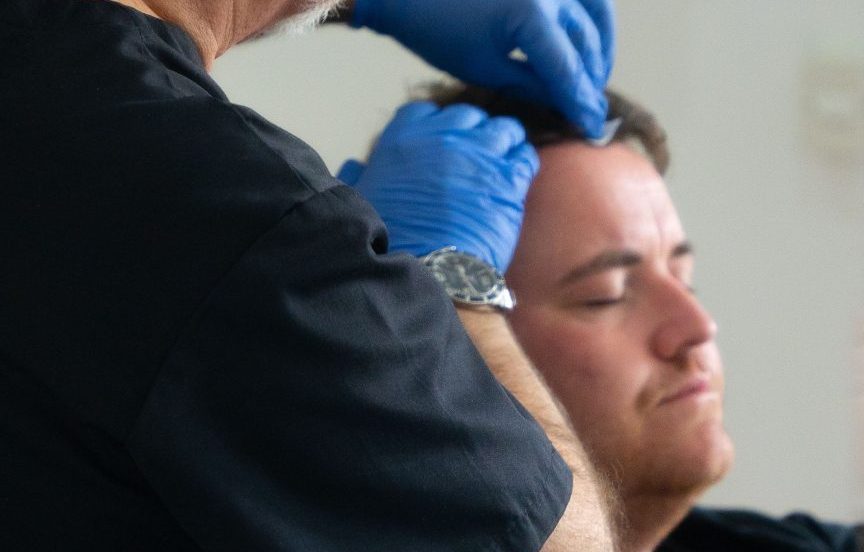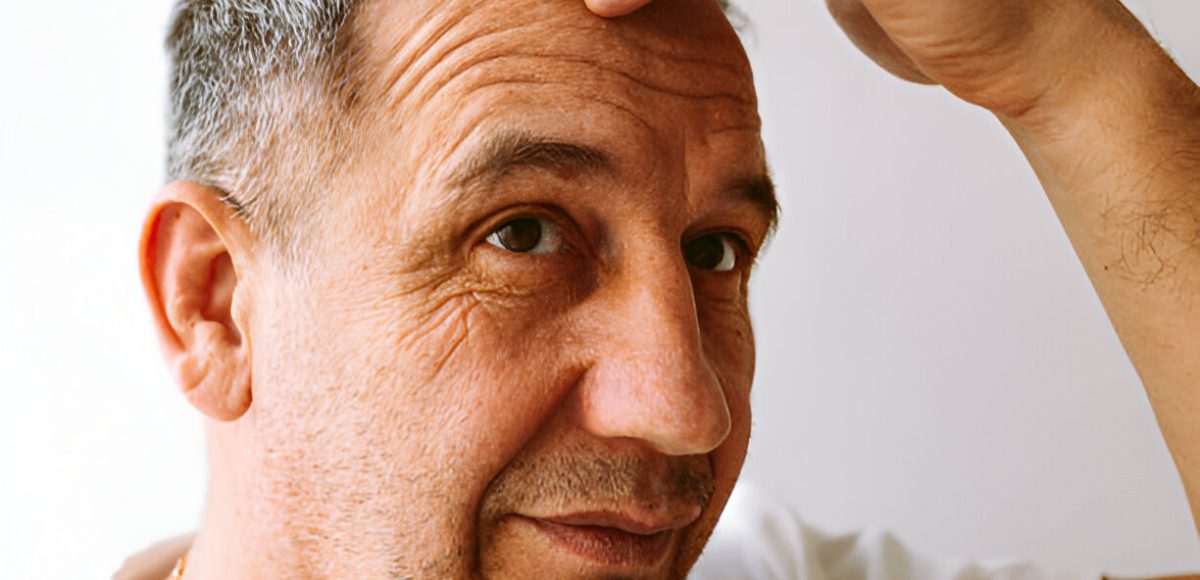
How Long Does a Hair Transplant Last? Long-Term Results Explained
How Long Does a Hair Transplant Last?
Long-Term Results Explained
Wondering how long hair transplant results last? Learn about long-term outcomes, factors affecting longevity, and what to expect 1‑10+ years after the procedure.
Generally permanent
Hair transplants use your own DHT-resistant follicles, usually taken from the back of the scalp.
Aِِge_Related
While transplanted hairs are generally permanent, factors like genetics, age, lifestyle, and post-surgery care can impact how long your results remain full and natural-looking.
Follow regimen
To preserve your hair transplant results, follow your doctor’s care plan, use prescribed medications like minoxidil or finasteride if recommended
Hair Transplant Longevity
If you’ve been thinking about getting a hair transplant, it’s natural to wonder how long the results will last. After all, it’s an investment in your appearance, confidence, and self-image. With so many clinics promising “permanent” results, it’s essential to separate fact from fiction and understand what you can genuinely expect over time.
This guide will take you through everything you need to know about the longevity of a hair transplant — from the science behind the surgery to how to maintain your results for years to come.
Understanding Hair Transplant Surgery
Hair transplant procedures have undergone significant advancements over the past few decades. Today, they offer a natural-looking solution to hair loss for men and women alike.
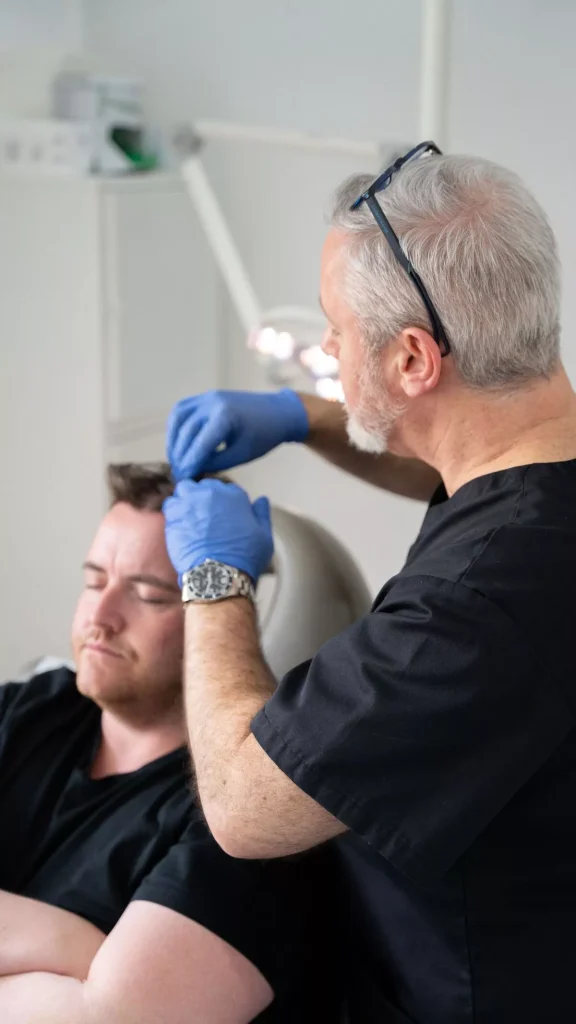
What is a Hair Transplant?
A hair transplant is a surgical procedure that involves relocating hair follicles from a part of your scalp (commonly the back or sides, known as the donor area) to an area affected by hair thinning or balding. The most widely used procedures for hair restoration are follicular unit extraction (FUE) and follicular unit transplantation (FUT). FUE extracts single hair follicles directly from the scalp, whereas FUT requires removing a strip of skin, which is then divided into grafts. Each technique has its advantages, but both aim to achieve long-lasting, natural results.
The Science Behind Hair Growth and Grafts
The hair follicles used in transplants are typically resistant to dihydrotestosterone (DHT), the hormone responsible for the majority of male and female pattern hair loss cases. This resistance is what makes transplanted hairs less likely to fall out over time. Once implanted, these follicles behave similarly to those from the donor area — growing, shedding, and regrowing naturally.
Types of Hair Transplants That Affect Longevity
While FUE and FUT remain the most common procedures, advancements like Sapphire FUE and Direct Hair Implantation (DHI) are gaining popularity. These techniques use finer blades and precise implantation methods, which may support better graft survival and denser coverage. The procedure you choose can impact both the aesthetic and lifespan of your transplant results.
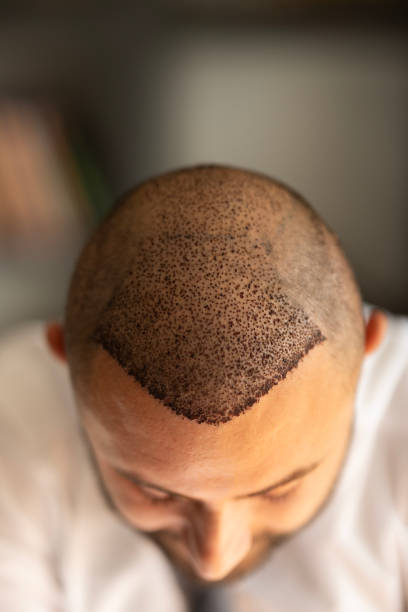
What to Expect After a Hair Transplant
Getting a hair transplant is not an instant fix — the process takes time, and knowing what to expect can make the journey smoother and less stressful.
The Hair Growth Timeline Post-Surgery
Initially, patients often experience what’s called “shock loss,” where newly implanted hairs shed within the first few weeks. This is entirely normal and part of the healing process. Hair regrowth typically begins around three months after the procedure, with noticeable changes becoming more apparent by the sixth month. Full results usually appear between 12 to 18 months post-surgery.
When Will You See Full Results?
Patience is key. While some growth may be visible in as little as three to six months, the most dramatic improvements happen after a year. The new hairs will grow in stages, just like natural hair, so the final look takes time to develop fully.
What Happens to the Transplanted Hair Over Time?
Once fully grown, the transplanted hairs are expected to remain in place for many years. However, it’s essential to remember that the surrounding non-transplanted hair may continue to thin, potentially affecting the overall appearance if not managed.
How Long Do Hair Transplants Last?
The big question: Are hair transplants truly permanent? The short answer is yes, but with some caveats.
Are Hair Transplants Permanent?
The hair grafts are typically taken from DHT-resistant areas, making them permanent in most cases. However, ‘permanent’ doesn’t mean immune to poor aftercare, age-related thinning, or underlying health issues. While the transplanted hair is unlikely to fall out, the naturalness and fullness of your hair over time depend on several other factors.
Factors That Influence Longevity
Several variables can affect how long your results last:
- Age: Younger patients might require follow-up procedures as hair loss progresses.
- Genetics: If your family history includes extensive hair loss, you may be at a higher risk of future balding in untreated areas.
- Lifestyle factors, including smoking, stress, poor nutrition, and inadequate scalp care, can all contribute to weakening hair.
- Health conditions: Thyroid disorders and other hormonal imbalances can play a role.
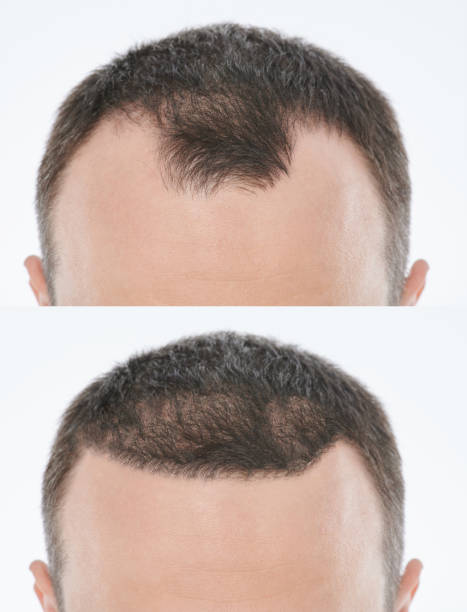
10–20+ Years
Typical Lifespan of a Hair Transplant
Most successful hair transplants can last a decade or more; many patients report enjoying the results well into their 15th or 20th year of use. Still, regular check-ups and supplementary treatments might be necessary to maintain density and coverage.
Why Some Patients Need a Second Hair Transplant
While many are happy with just one procedure, some individuals may opt for another transplant years later.
Progressive Hair Loss in Non-Treated Areas
Hair transplants don’t halt the natural progression of hair loss in untreated areas. Over time, you might notice thinning in regions that weren’t originally addressed during your first procedure. Enhancing density or coverage
Not all hair transplants provide complete density after a single session, especially if the initial hair loss was extensive. As your goals or expectations evolve, a second procedure may help fill in gaps or create a fuller look.
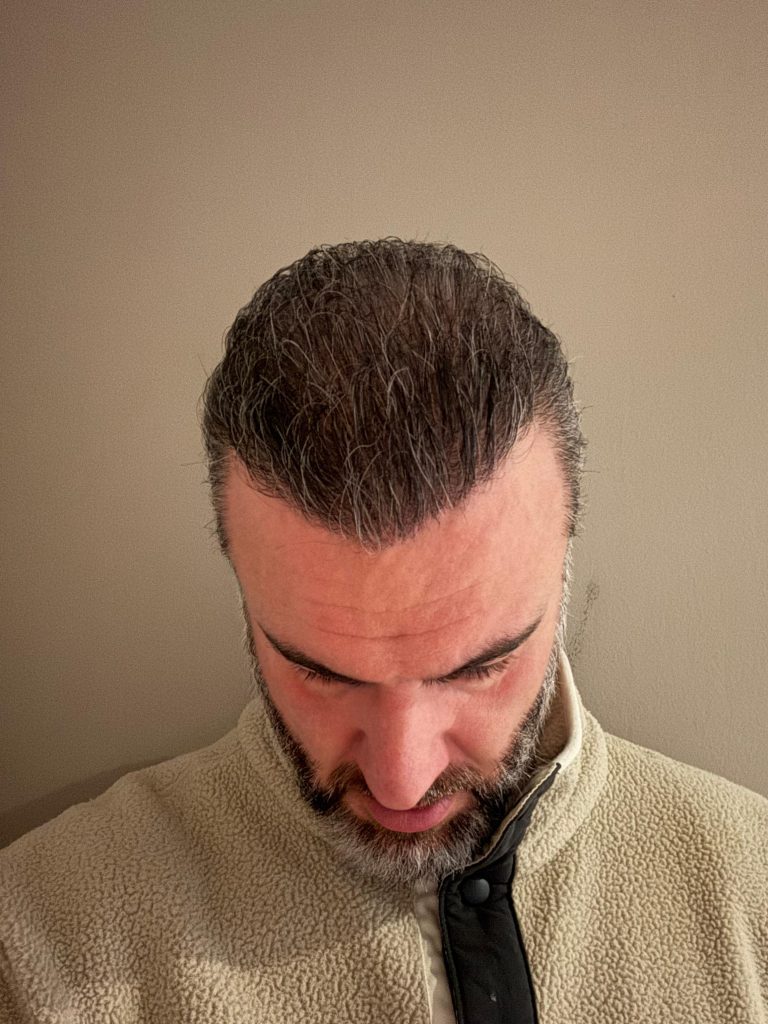
Poor Aftercare or Low Graft Survival
Sometimes, grafts don’t survive due to insufficient aftercare, scalp trauma, or the use of an inexperienced surgeon. In such cases, a touch-up or revision procedure might be required to achieve the desired result.
Tips to Maximise the Lifespan of Your Hair Transplant
Once you’ve invested in a hair transplant, it’s only logical to protect and prolong the results. Here’s how to give your new hair the best chance at lasting success.
Follow Your Surgeon’s Aftercare Instructions Carefully
Post-Transplant Care Tips
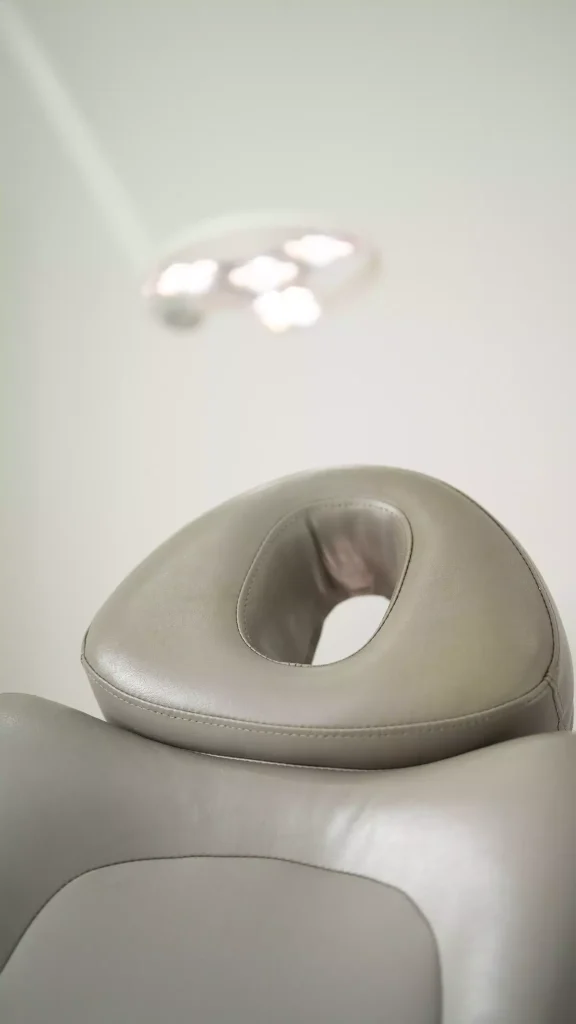
The immediate post-operative period is crucial. Washing your hair correctly, avoiding direct sunlight, refraining from strenuous exercise, and avoiding scratching the scalp are all part of standard aftercare. Following these guidelines closely helps ensure optimal graft survival.

Maintain a Healthy Scalp and Lifestyle
Boost Hair Growth Naturally
A clean, healthy scalp promotes stronger hair. Incorporating a balanced diet, regular scalp massages, adequate hydration, and avoiding smoking and excessive alcohol consumption can make a significant difference. Stress management also plays a vital role in preventing hair shedding.
Medications and Treatments to Support Hair Health
Boosting Growth with Proven Therapies
Using medications like finasteride or minoxidil as advised by your doctor can help maintain both transplanted and existing hair. Treatments like PRP (Platelet-Rich Plasma) therapy or low-level laser therapy (LLLT) can also support follicle strength and stimulate growth.

Common Myths About Hair Transplant Longevity
Misconceptions about hair transplants can lead to unrealistic expectations. Let’s clear up a few common ones.
1. Hair Transplants Are a One-Time Fix
While it’s true that transplanted hairs are usually permanent, your overall hair condition can still change with time. Some people may require more than one session to achieve and maintain consistent results, especially as their natural hair continues to thin.
2. Transplanted Hair Can Fall Out Just Like Normal Hair
Transplanted hairs indeed go through a natural cycle — they can shed and regrow. But because they’re DHT-resistant, they’re far less likely to thin over time compared to natural, non-transplanted hair.
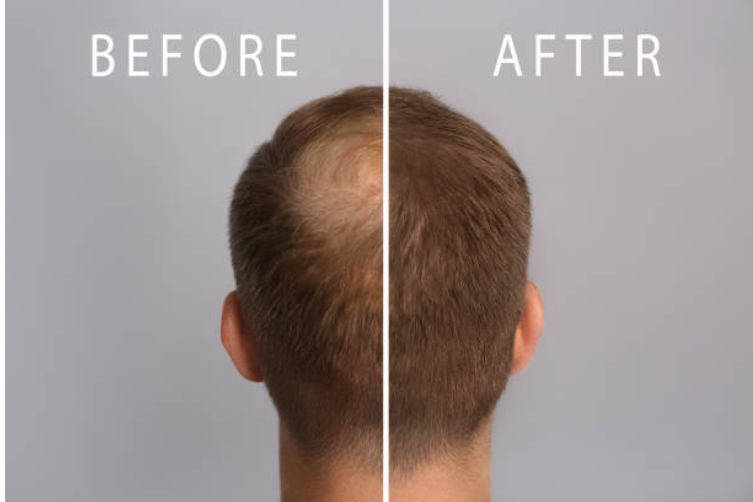
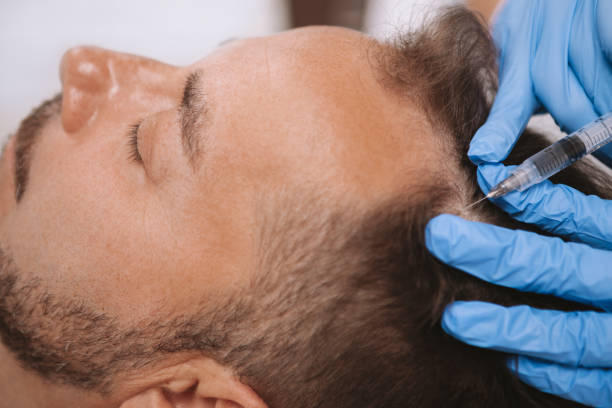
3. All Techniques Offer the Same Long-Term Results
Technique matters. Modern methods, such as Sapphire FUE, offer more precision, reduced scarring, and potentially better long-term outcomes compared to older approaches. The experience of the clinic also plays a significant role in determining the results.
Celebrity and Patient Experiences: What Can We Learn?
We often look to celebrities and influencers for clues about the success of cosmetic procedures, and hair transplants are no exception.
Why Some Results Last Decades
Many high-profile figures have had extremely successful hair transplants that still look good after 10 or even 20 years. This typically involves selecting reputable clinics, adhering to post-treatment care, and utilising ongoing treatments to sustain the results.
Cases Where Results Fade or Fail
Some individuals report dissatisfaction a few years post-transplant, often due to poor planning, low-quality procedures, or neglect of maintenance. The key takeaway? Conduct thorough research and avoid cutting corners.
Factors That Influence Longevity
Not all hair clinics are created equal. The success and longevity of your transplant largely depend on where you undergo it.
Key Questions to Ask Before Booking Surgery
Before committing, ask about:
- Graft survival rates
- Surgeon’s experience
- Technology used
- Post-operative support
Real patient testimonials and before-and-after galleries
Importance of Customised Planning and Hairline Design
A successful transplant isn’t just about volume — it’s about creating a natural, age-appropriate hairline. Surgeons must account for future loss and long-term symmetry.
Technology and Techniques That Enhance Durability
Clinics that utilise tools such as sapphire blades, implantation pens, and high-resolution imaging for planning often achieve better outcomes. Techniques like PRP and high-density FUE also support durability.

Why Patients Trust Merchant City Medical Group for Long-Lasting Hair Transplant Results
Your Journey to Lasting Confidence
At Merchant City Medical Group, we believe that a hair transplant is not just a procedure—it’s a journey toward renewed confidence and lasting transformation.
We take pride in delivering consistent results that stand the test of time. Our experienced surgeons have performed thousands of successful transplants, with patients returning years later still enjoying their new hairlines.
From Sapphire FUE and PRP therapy to fully tailored aftercare packages, our clinic uses the most advanced technology available to enhance graft survival and encourage natural regrowth.
Our patients often comment on how seamless the process was — and how natural their results appear, even after a decade has passed. Before-and-after galleries and video testimonials provide transparent insights into our success stories.
Don’t let hair loss impact your confidence any longer. Book your complimentary free consultation today and take the first step toward achieving natural, fuller-looking hair.
If you’re ready to take the next step towards lasting hair restoration, Merchant City Medical Group is here to guide you. Our commitment to long-term satisfaction, expert planning, and personalised care makes us a trusted choice across the UK.
Book Your Consultation Today
Excellence Record
- 30+ Years of combined experience
- 10 + Experts
- 1000 + Satisfied Patients





